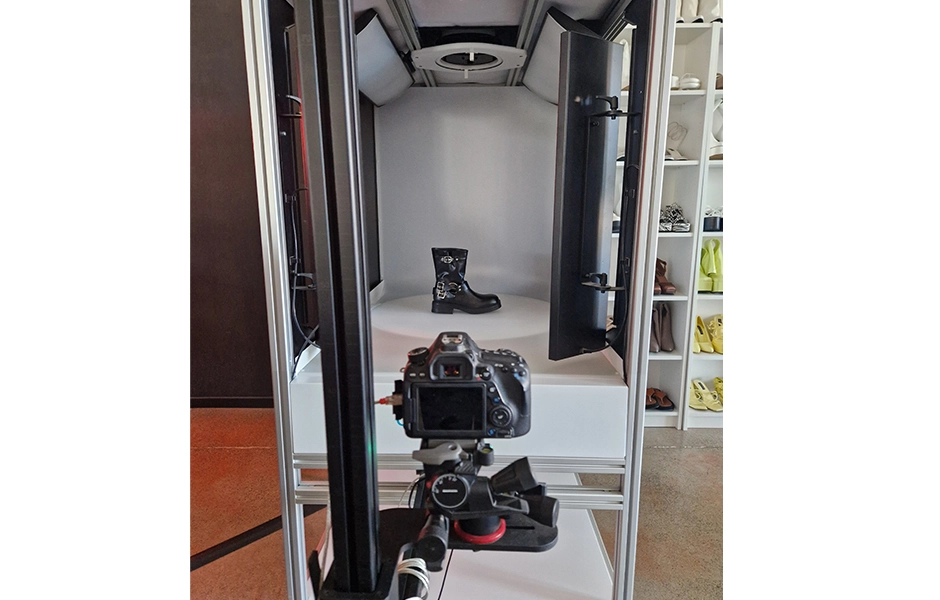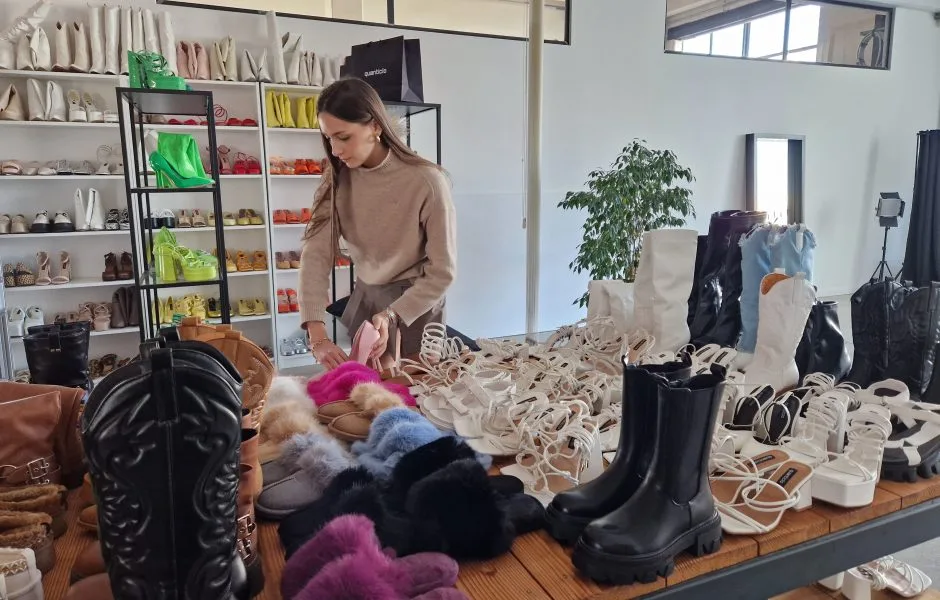7 In-store Fulfillment Best Practices to Optimize Customer Experience

Retail customers expect an omnichannel shopping experience that is convenient, easy and with options to obtain their order in a way that works best for them. Since the pandemic, store fulfillment has become a mainstay order fulfillment practice for major retailers and e-commerce businesses. Customers have flocked to buy online pickup in store (BOPIS), as well as ship-to-store, and a plethora of other store fulfillment practices available today.
If you’re already operating store fulfillment as part of your e-commerce strategy, or if you’re considering how to implement a successful strategy, the following are seven best practices to ensure your store fulfillment options truly optimize customer experience.

- Offer store fulfillment options you can support well. During the pandemic, many retailers adopted every store fulfillment option to meet demand—but today, offering all without proper execution can hurt more than help. To truly enhance customer experience, fulfillment must be fast, convenient, and seamless. That requires the right staff, training, systems, space, and technology. Focus only on the fulfillment options you can fully support and optimize.
- Integrate and automate your systems and applications. The pandemic forced many retailers to shift to store fulfillment, like curbside pickup, mid–digital transformation. While some accelerated quickly, others are still held back by outdated, disconnected, on-premise systems. Seamless omnichannel experiences depend on integrated, cloud-based, automated solutions. If your systems aren’t there yet, prioritizing this transformation is essential for effective store fulfillment.
- Gain 360 real-time visibility into the supply chain. Inventory management is crucial to store fulfillment, but to gain that you need full visibility into the supply chain. Integrated inventory management systems and order management systems will enable you to see customer orders, supplier data, product availability, distribution centers, delivery times, delays, and where inventory is at all times. Customers will need to know inventory availability during their eCommerce shopping experience to help with their purchase decision making.
- Train employees to be e-commerce customer experience advocates. Store fulfillment brings e-commerce and mortar store operations together and this means employees who were hired for in store work will need to become familiar with e-commerce. It can be easy to assume that store associates only need to be trained on picking and packing orders and delivering them to the curbside or pickup locations, but this is untrue. Employees need to be trained on the different expectations of e-commerce vs. in store customers, and how to meet and exceed those expectations. With the right training, store associates can become e-commerce customer experience advocates that fulfill a key role in encouraging repeat and expanded purchases.
- Communicate clearly with your customers. Store fulfillment customers are still e-commerce customers—and they expect clear, timely communication. Use the right technology to offer updates at each step, set clear expectations, and provide multiple notification options. Don’t assume they’ll behave like in-store shoppers—their satisfaction depends on a different experience, tailored to digital-first expectations.
- Make returns easy. This best practice is true for all order fulfillment, but in store fulfillment customers expect to be able to easily return their order right to the store. While it may seem obvious, make the order process clear to customers during the checkout process, particularly if there are any time constraints on it.
- Encourage repetitive shopping. The ease and convenience of store fulfillment offers a prime opportunity to encourage customers to subscribe to repeat product orders or to offer incentives for bulk purchases. Many store fulfillment purchases are for staples, such as groceries and household goods — and offering to put these orders on automatic fills can generate repeat business, while reducing shipping costs and last-mile delivery costs.

Store fulfillment done well is a great way to provide e-commerce customers the convenience of online order options, while still bringing them into the store for in store experiences. Many store fulfillment customers will buy additional products when they pick up their orders, combining mortar store and e-commerce shopping at the same time.
While these best practices will help ensure a successful store fulfillment operation, optimizing store fulfillment can be challenging as it requires the right people, processes, technology, and partners. Another option is to outsource store fulfillment to an order fulfillment provider, like Radial, that offers store fulfillment solutions, full order management support, and third-party logistics to make store fulfillment a seamless fulfillment solution.
Follow Radial on LinkedIn, Facebook and Instagram.
Contact Us (EUR)
By submitting this form, you agree to our friendly privacy policy.
